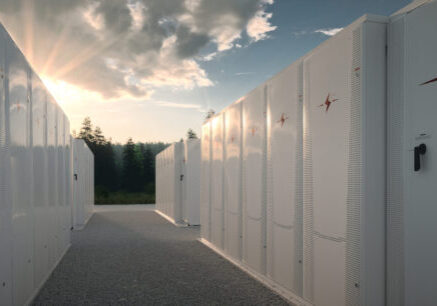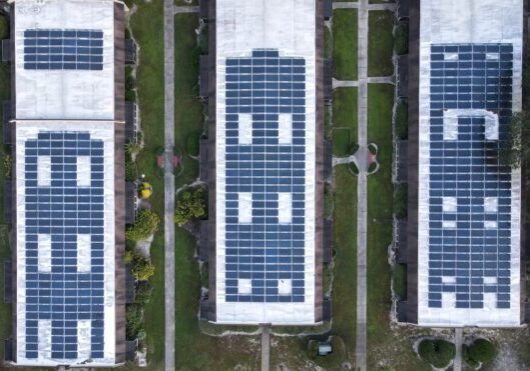January 27, 2016
Supreme Court Upholds FERC Action on Demand Response
By Todd Olinsky-Paul
In a long-awaited decision, the U.S. Supreme Court has ruled in favor of the Federal Energy Regulatory Commission (FERC) and against the Electric Power Supply Association (EPSA), overturning a lower court’s ruling and asserting that in requiring ISOs to establish a level playing field for distributed resources with its Order 745, FERC was doing exactly what it is supposed to do: enhancing grid reliability and keeping ratepayer costs down by encouraging competition.
In this case, the distributed resource at issue was demand response, an innocuous-seeming idea that has been around for well over a decade. Demand response is just what it sounds like: utility customers agreeing to reduce their demand for electricity in response to signals from the grid operator. Since reducing demand is equivalent to increasing supply in the wholesale market, demand response is an effective way to keep electricity costs down when they would otherwise spike—for example, on a hot summer day when everyone turns on their air conditioners. Buying more power during such peak demand times means paying a higher marginal price for expensive peaker plants to enter the market to provide the needed electricity, whereas reducing demand keeps prices lower and, as an added benefit, eases congestion on transmission lines.
Demand response is becoming an important market for new technologies like behind-the-meter energy storage, which can enable customers to draw on stored electricity from onsite batteries while curtailing their purchases of grid power, all the while continuing to operate their facilities as usual. For example, in California’s recent Demand Response Auction Mechanism, winning bids included aggregated behind-the-meter batteries from Green Charge Networks and Stem, alongside traditional commercial-industrial load control resources. This demonstrates the ability of battery storage companies and aggregators to compete in this market—assuming they are provided an equal opportunity to do so.
Recognizing the benefits of demand response, FERC has issued several orders supporting the ability of demand response providers to sell their services into wholesale electricity markets. Notably, FERC Order 719 required wholesale electricity market operators to receive demand response bids from aggregators, such as Enernoc; and FERC Order 745 required that wholesale market operators pay demand response providers the same rate for reducing demand as a generator would be paid for increasing supply, so long as doing so provided a net benefit to consumers. It was this last order that was at issue when EPSA, a consortium of power supply companies, sought to exclude demand response providers from the market that generators had traditionally dominated. EPSA won in the U.S. Court of Appeals but lost in the Supreme Court.
In overturning the lower court ruling, the Supreme Court upheld FERC’s ability to regulate wholesale electricity markets, even if doing so effects the retail markets (as it invariably does) that FERC is not empowered to regulate. Further, the Supreme Court’s firm opinion, delivered by Justice Kagan, demonstrated a thorough understanding of complex energy markets and the legal underpinnings of FERC’s actions.
This outcome is a boon for demand response providers, including energy storage and its aggregators; but just as importantly, it is expected to forestall a series of attacks on FERC’s authority that would likely have followed had the EPSA victory been allowed to stand.
A whole series of FERC orders in recent years has resulted in the opening of additional electricity markets to new, distributed energy technologies such as energy storage; and it was these newly opened markets for services such as capacity, frequency regulation and response, reactive power, and other so-called “ancillary services” that were ultimately at risk. Furthermore, while one can’t predict future court rulings, the broad deference the Supreme Court gave to FERC in this decision should support similar policy and market development in the future. This decision will be good news to those within FERC and the ISOs who want to go further in developing markets where new, distributed resources like energy storage can compete, simultaneously supporting the nascent energy storage industry and providing greater benefits to the grid and its customers.
EPSA may “advocate the power of competition,” as its motto states, but its attack on FERC was in essence an attempt to bar smaller, faster, and more agile providers from competing on the same terms as the dinosaurs of the power industry—the nuclear, coal, and gas giants EPSA represents. With this legal challenge now permanently put to rest, the electricity sector can recommence its slow, recalcitrant evolution toward modernity—with occasional prodding from FERC.
***
Clean Energy Group will host a free webinar on rules and regulations for distributed energy storage in PJM on Tuesday, February 23 from 1-2 pm ET. For more information and to register, click here.














